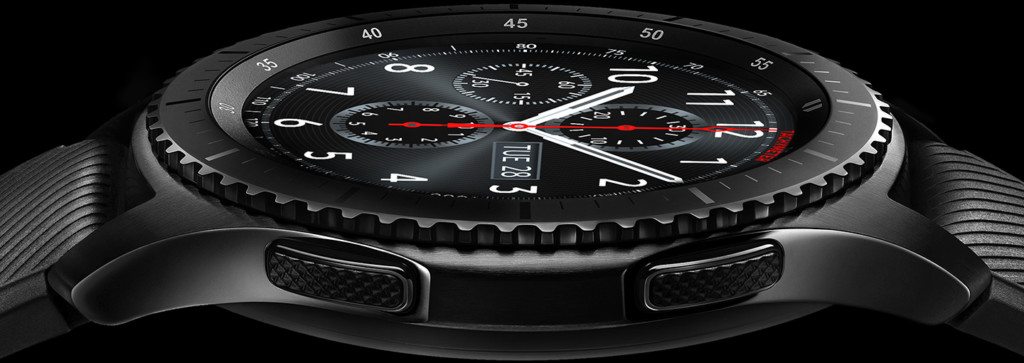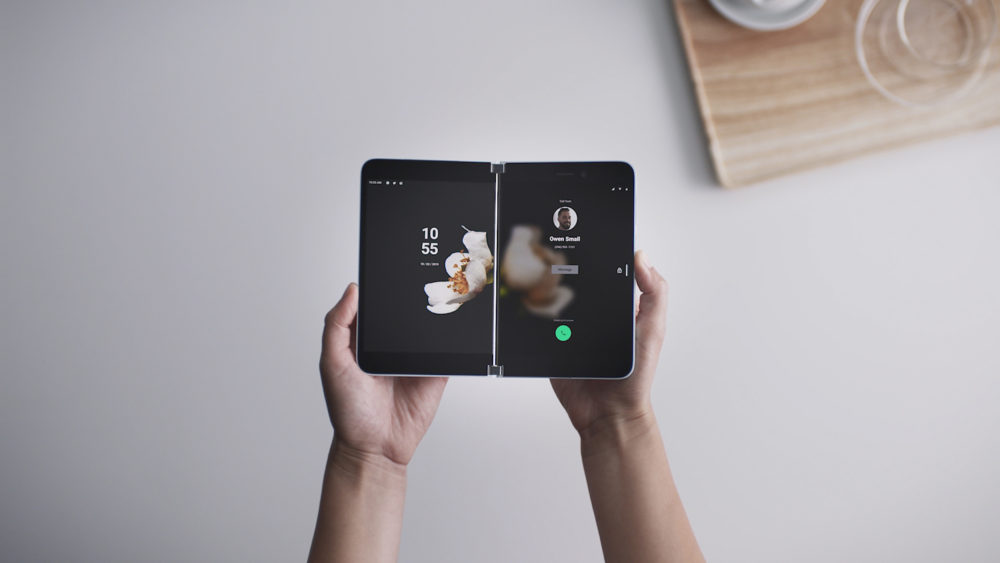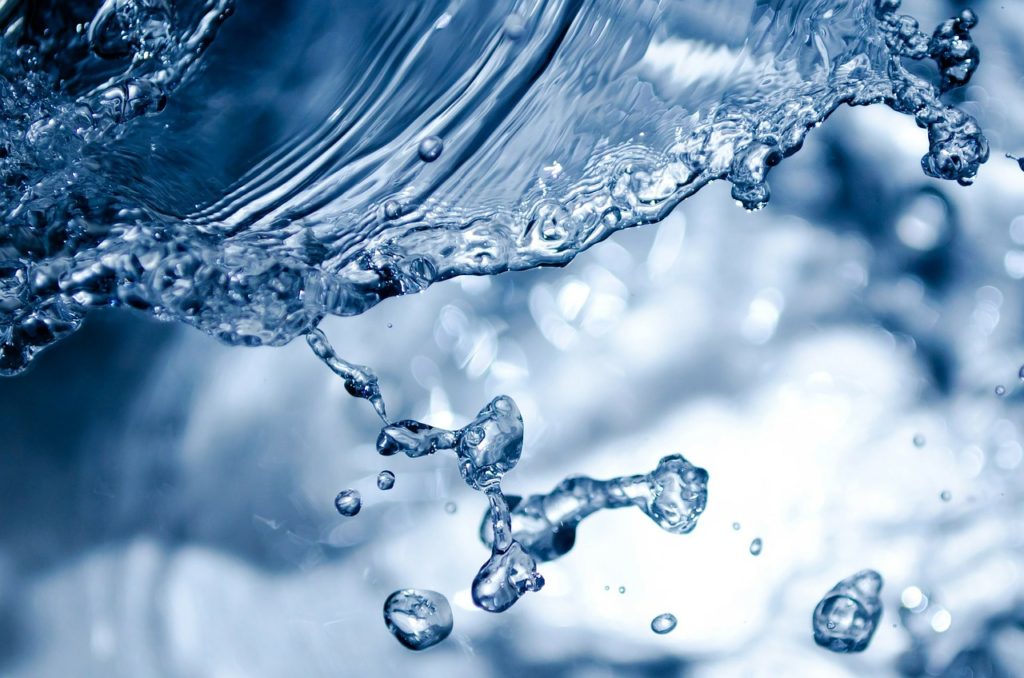This is not intuitive because it seems like I’m saying that glass is better than a jewel but we aren’t talking about jewels in the traditional sense as an ornament but jewels as a tool. In this case a tool that you want to be resilient against breakage, scratches, and chipping but still be able to see through. The covering over most high end watches has been crystal based for some time, largely because of its resistance to scratches and breaking.
I often wonder why we don’t wear them on the inside rather than the outside of our wrists because they would be both be easier to see (particularly when driving) and they’d be far less likely to hit stuff around us. But watches not only serve a purpose—telling time—they are also a status symbol expressing our financial accomplishments. Granted, though, this is truer with Rolex than it is with Timex.
Of the crystal types for watches sapphire is still, generally the best. That was before Gorilla Glass SR+. Cheap watches typically use plastic or glass, medium range mineral crystal, and expensive watches use sapphire. You likely could make a watch crystal out of synthetic diamond but I’m not aware of anyone doing that yet. So how could glass go from the bottom to the top of this range. Read on…
Gorilla Glass vs. Sapphire
This probably speaks to why you don’t want to take on a big company like Corning unless you can obliterate them because initially this battle was for smartphone screens where Gorilla Glass is the dominant, high-quality, entrenched material. Developed specifically to address the need for iPhone-class products to survive human use, it is largely credited for a massive reduction in the number of screens broken every year. However, because sapphire is far more scratch resistant, Apple—along with a startup company—thought that it would be a good idea to move from hardened glass to sapphire which drove Corning to develop an alternative.
It should be noted that this joint Apple effort failed spectacularly because the small firm supplying the sapphire couldn’t figure out how to build the displays at a low enough cost or high enough volume for Apple. So sapphire bounced and today only exists on a very few specialty phones while Corning still dominates phones and currently Corning Gorilla Glass 5—the strongest—is on the best and newest phones.
But if sapphire could go after phones why couldn’t Corning go after watches? And thus Gorilla Glass SR+ came to be.
Sapphire vs. Gorilla Glass
Now, in phones the reason that Gorilla Glass is dominant is because it is hard enough and it flexes. Sapphire is a crystal, which means extreme hardness but it doesn’t flex—and with ever thinner phones having an ever thinner screen, being the stiffest component is a recipe for disaster given how many people sit on their phones on purpose or accidentally. Sapphire also tends to be more expensive to manufacture, largely because the process to grow a crystal tends to be harder to control than just formulating and melting glass. But why would that matter in watches?
The thing is it doesn’t really, but what matters in watches is image clarity particularly with this new class of watches like the Samsung Galaxy Gear S3, one of the first to sport Gorilla Glass SR+. This clarity makes the watch face pop, look clearer and more vibrant—better than it does under a crystal.
My proof point actually came years ago when I saw three of our executives arguing about who had the best looking Rolex. Each was sporting what looked like a $10,000 version of the product and everyone agreed the VP of sales had the best looking one. This was funny because his was a Chinese knock-off he bought in bulk. The reason it looked better was it had a glass crystal which was far more clear than on the more expensive watches. Granted those $10,000 Rolexes could likely go to the bottom of the ocean and survive while his cheap knock off would likely fail if it saw water, but the point was that glass is simply clearer and can look better as a result.
So, if you could get a crystal that performed like sapphire with regard to hardness but like glass with regard to image clarity you’d have a more than competitive alternative and that is what Corning Glass SR+ apparently is.
Wrapping Up
I doubt that most would notice the difference between sapphire and Gorilla Glass SR+ on an old fashioned watch, but smartwatches convey much more information and clarity is incredibly important as a result. So on a smartwatch like the Gear S3, particularly a halo product that is a showcase for Samsung, it was Gorilla Glass SR+ that was chosen not Sapphire.
It seems that when sapphire went after smartphones it woke up the giant that was Corning and that giant with Gorilla Glass SR+ just showcased why it isn’t wise to wake it up. Check out the Samsung Gear S3 with Gorilla Glass SR+, I think you’ll be able to see just why Corning’s hardened glass is better than sapphire.
- The Silicon Manhattan Project: China’s Atomic Gamble for AI Supremacy - December 28, 2025
- A Legacy of Defense: Why HP Stands Alone - December 19, 2025
- Plumbing the AI Revolution: Lenovo’s Strategic Pivot to Modernize the Enterprise Backbone - December 17, 2025




Pingback: - AZcheck